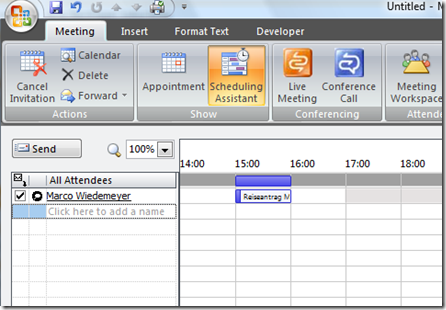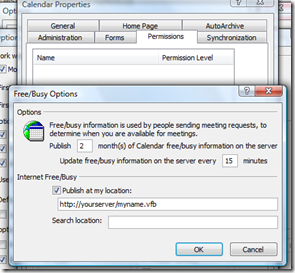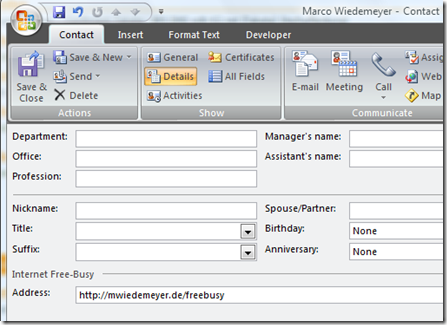In einer Document Library gibt es ja ein paar Menüs. Nun möchte man jedoch einige Funktionalitäten nicht jedem User zur Verfügung stellen. In diesem Beispiel möchte ich “Open in Explorer” nicht mehr im Action Menü haben.
Dafür gibt es zwei Vorgehensweisen:
- Den Usern das UseRemoteAPIs Recht entziehen wenn möglich
- Eine Anpassung des Action Menüs (nicht offiziell supported!) in dem man folgendes macht:
Die Datei “DefaultTemplates.ascx” im Ordner “C:\Program Files\Common Files\Microsoft Shared\web server extensions\12\TEMPLATE\CONTROLTEMPLATES” öffnen, nach der Zeichenfolge ID=”ToolbarActionsMenu” suchen. Dort finden sich die entsprechenden Einträge als SharePoint:MenuItemTemplate. Nun kann man z.B. das gesamte Item entfernen, aber auch neue hinzufügen.



